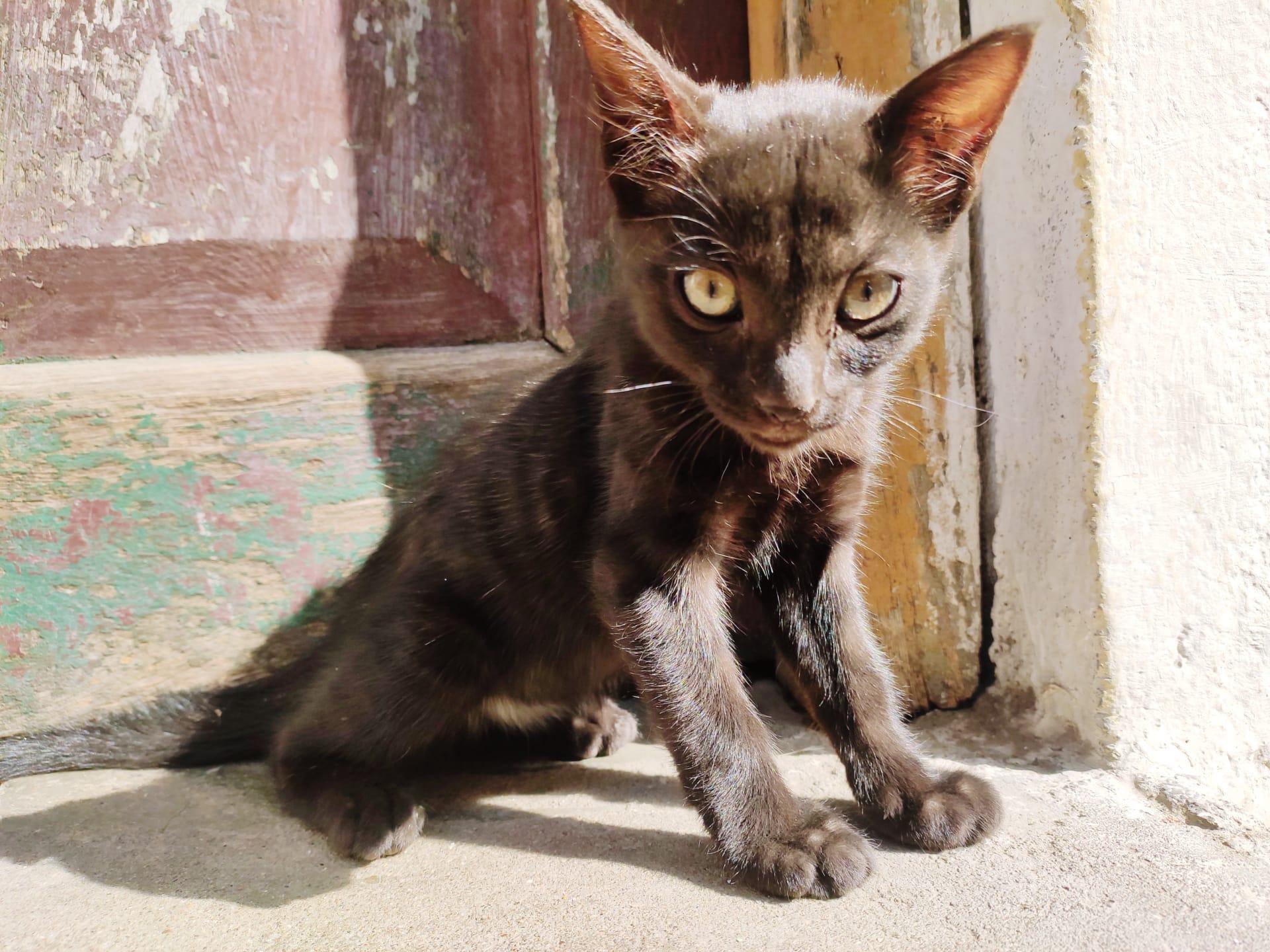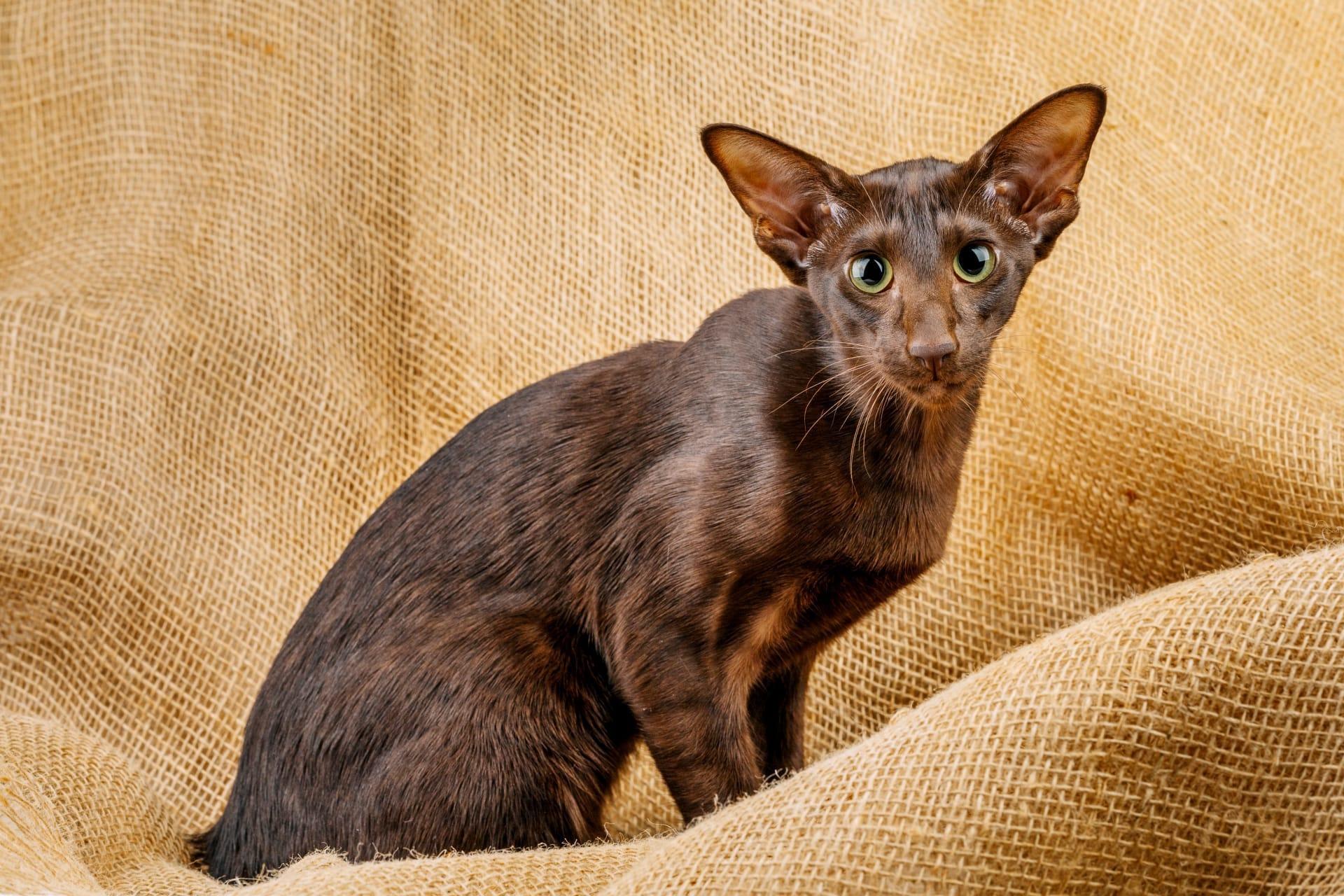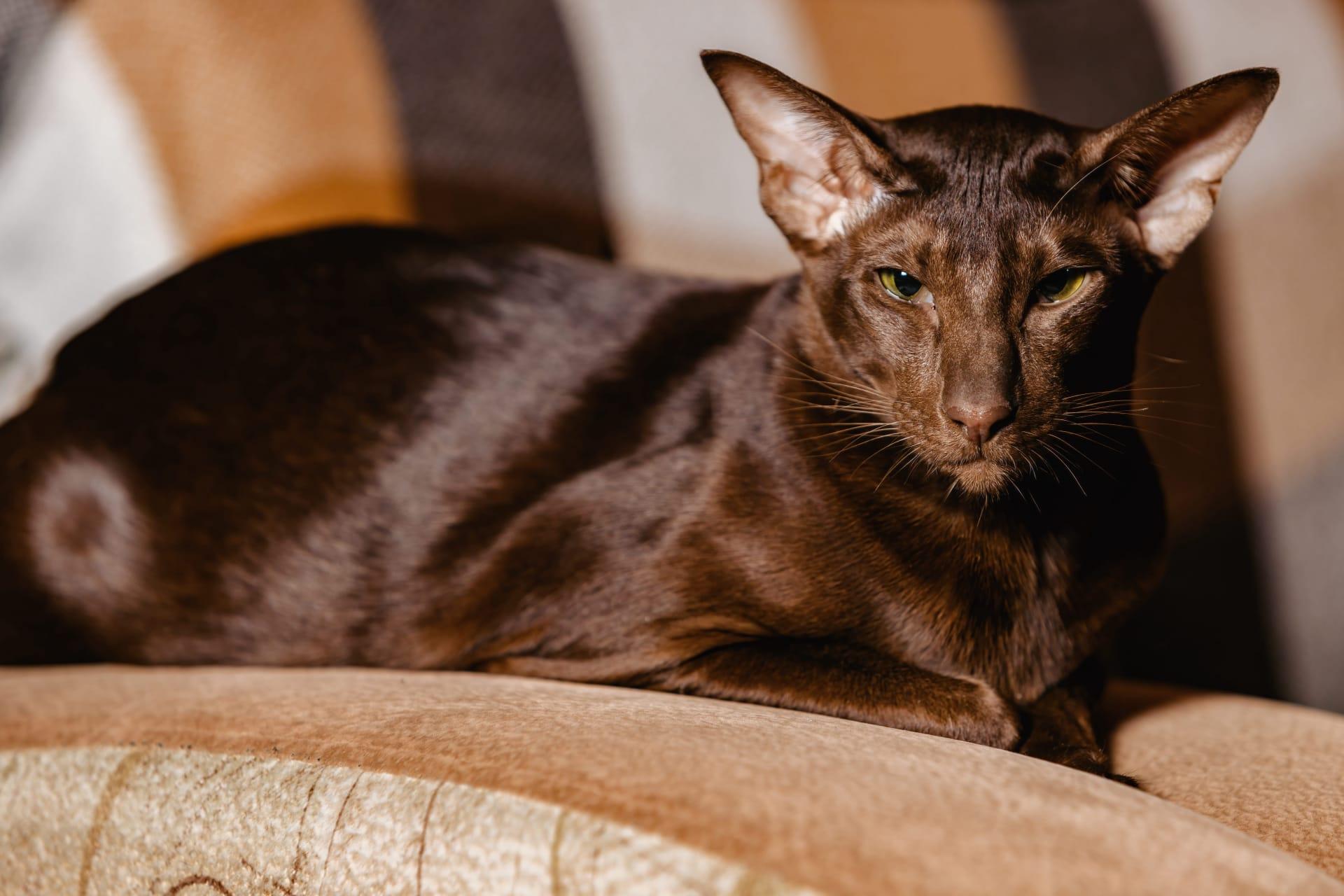Havana Cat Characteristics
- Home /
- Mini Encyclopedia /
- Animal /
- Havana Cat Characteristics
1
Havana cats, known for their sleek, muscular bodies and striking chocolate brown coats, are a sight to behold. They typically weigh between 6 to 10 pounds, standing out with their slender yet sturdy build. Their coats are short, smooth, and lie close to the body, showcasing a rich, warm brown color that glimmers in the light. These cats possess captivating green eyes that contrast beautifully with their dark fur. On average, a Havana cat can live a hearty life of 15 to 20 years, provided they receive proper care and nutrition.
The most remarkable organ of a Havana cat is undoubtedly its eyes. The vibrant green hue is not just for show; it plays a crucial role in their hunting and social interactions. This eye color is rare and gives them an almost mystical appearance. The large, oval-shaped eyes are highly sensitive to movement, enabling Havana cats to detect even the slightest motion of prey or a companion. This sensitivity is crucial for their survival in the wild, as it aids in hunting and avoiding predators. The eyes also serve as a powerful tool for communication, expressing emotions ranging from curiosity to affection.

2
Question: Why do Havana cats have such a distinct chocolate brown coat?
Answer: The distinct chocolate brown coat of Havana cats is the result of a genetic mutation affecting the tyrosinase enzyme, which is involved in melanin production. This mutation leads to a reduced melanin production, specifically affecting the eumelanin pigment, which gives their coat the unique warm brown color. Unlike other breeds where coat color can vary widely, this genetic trait in Havana cats ensures that they consistently exhibit this chocolate hue. Careful breeding has preserved and accentuated this trait, making it a hallmark of the breed. Additionally, their coat color can appear richer and more intense depending on lighting conditions, adding to their allure.

3
Havana cats are known for their agility and playfulness. They possess a remarkable balance and coordination, which makes them excellent climbers and jumpers. Their slender bodies allow them to move with grace and speed, often engaging in playful antics that showcase their athletic abilities. A Havana cat can leap to impressive heights, often seeking the highest vantage points in a room to observe their surroundings.
In terms of feeding characteristics, Havana cats have a moderate appetite. They thrive on a diet that balances high-quality dry and wet food, rich in protein to support their muscular bodies. It is crucial to monitor their food intake to prevent obesity, especially since they can be less active indoors. Regular feeding schedules and portion control are recommended to maintain their optimal health. They also have a particular fondness for treats, which can be used effectively in training and bonding exercises.

4
Havana cats adapt well to various living environments, thriving in both apartments and houses. They prefer warm, stable environments where they can sunbathe and relax. Despite their love for warmth, they are quite adaptable and can live comfortably in most indoor settings. Their social nature means they do well in homes with consistent companionship, either from humans or other pets.
The breeding traits of Havana cats include a strong genetic predisposition towards their signature coat color and eye color. They reach sexual maturity at about 6 to 9 months of age. Female Havana cats typically have one to two litters per year, with an average litter size of three to five kittens. Breeders often note their affectionate nature and strong maternal instincts, making them attentive and caring mothers. The genetic diversity within the breed is maintained through careful selection, ensuring the health and longevity of the lineage.

5
Book: "The Enigmatic Havana: A Journey Through Breed History" explores the origins and development of the Havana cat breed. This book, published in the United States in the late 1990s by renowned cat historian Elizabeth M. Vella, delves into the genetic makeup, distinctive features, and the cultural impact of these captivating cats. It provides readers with a comprehensive view of the breed's evolution from its initial recognition to its present-day status as a beloved pet and show cat.
Book: "Havana Cats: Companions of Chocolate Hue" is a detailed guide on caring for Havana cats, written by British feline expert Simon F. Greene in the early 2000s. Greene's book offers practical advice on nutrition, health care, and behavior understanding, specifically tailored to the unique needs of Havana cats. It also includes heartwarming stories of Havana cats and their owners, illustrating the deep bonds formed between these elegant felines and their human families.